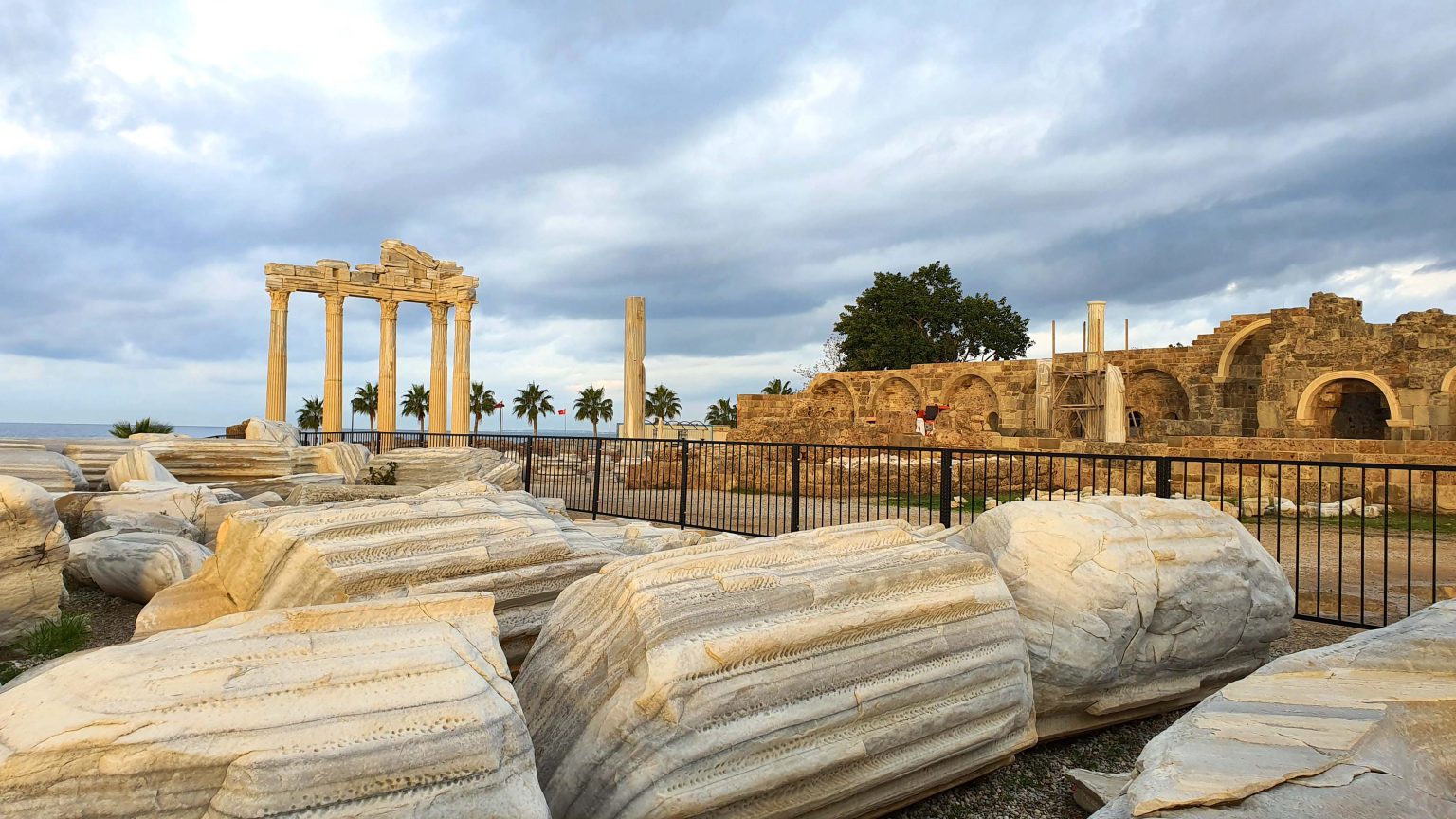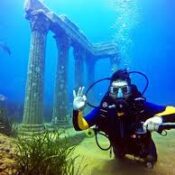
The Rich History of Side, Antalya
Located on the stunning Mediterranean coast of Turkey, Side is a breathtaking destination that seamlessly blends history with natural beauty. This ancient city, once a bustling port and trade center, holds a significant place in history due to its Greek, Roman, and Byzantine influences. Today, it is one of Antalya’s most visited historical sites, drawing tourists with its well-preserved ruins and fascinating past.
Origins and Early History
Side’s origins date back to the 7th century BC when it was founded by Greek settlers from Cyme in Western Anatolia. The name “Side” means pomegranate in an ancient Anatolian language, symbolizing abundance and fertility. Due to its strategic location along major maritime trade routes, the city quickly grew into an important commercial hub.
Hellenistic and Roman Periods
Side reached its peak during the Hellenistic period, particularly under the rule of Alexander the Great in the 4th century BC. However, it was under Roman rule (beginning in the 1st century BC) that the city truly flourished. During this time, Side became a cultural and economic powerhouse, boasting grand temples, an impressive theater, baths, and an agora. The Roman influence is evident in the remains of magnificent structures that still stand today.
Key Historical Landmarks
- The Ancient Theater: One of the best-preserved theaters in Turkey, capable of seating around 15,000 spectators. It was used for gladiator fights, performances, and public gatherings.
- The Temple of Apollo and Athena: These iconic temples near the harbor are among the most picturesque ruins in Side. The Temple of Apollo, in particular, is known for its stunning sunset views.
- The Roman Bathhouse: This structure now houses the Side Museum, where visitors can explore artifacts from different historical periods.
- The Agora and State Agora: These open marketplaces were vital centers for trade and political discussions in ancient times.
Byzantine and Later Periods
As the Roman Empire declined, Side fell under Byzantine rule. The city remained an important religious center, evidenced by the construction of early Christian basilicas. However, due to repeated Arab raids in the 7th century AD, Side was eventually abandoned, and its population moved inland.
Modern Side
Rediscovered in the 19th century, Side has since been transformed into a major archaeological and tourist site. The combination of pristine beaches, historical ruins, and a charming old town makes it a perfect destination for those interested in both relaxation and history. Today, visitors can walk through the ancient streets, admire the remains of grand structures, and imagine what life was like centuries ago.
Conclusion
Side, Antalya, stands as a remarkable testament to the civilizations that once thrived along the Mediterranean coast. Whether you are a history enthusiast or a traveler seeking cultural experiences, Side offers a unique glimpse into the past while providing modern comforts. With its well-preserved ruins and enchanting atmosphere, Side remains one of Turkey’s most treasured historical destinations.
All Categories
Recent Posts
Scuba Diving in Side, Turkey
Quick booking process
+90 536 702 88 64




